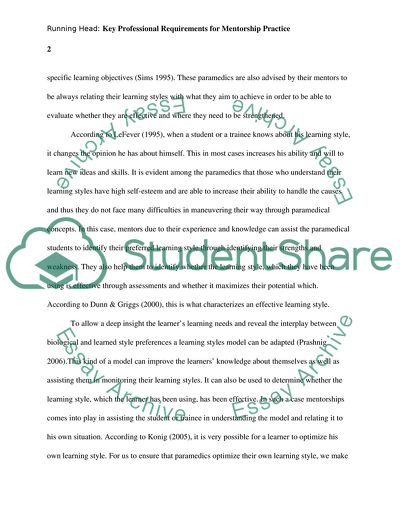Cite this document
(Key Professional Requirements for Mentorship Practice Coursework, n.d.)
Key Professional Requirements for Mentorship Practice Coursework. https://studentshare.org/education/1774622-a-reflective-analysis-of-four-key-professional-requirements-for-mentorship-practice
Key Professional Requirements for Mentorship Practice Coursework. https://studentshare.org/education/1774622-a-reflective-analysis-of-four-key-professional-requirements-for-mentorship-practice
(Key Professional Requirements for Mentorship Practice Coursework)
Key Professional Requirements for Mentorship Practice Coursework. https://studentshare.org/education/1774622-a-reflective-analysis-of-four-key-professional-requirements-for-mentorship-practice.
Key Professional Requirements for Mentorship Practice Coursework. https://studentshare.org/education/1774622-a-reflective-analysis-of-four-key-professional-requirements-for-mentorship-practice.
“Key Professional Requirements for Mentorship Practice Coursework”. https://studentshare.org/education/1774622-a-reflective-analysis-of-four-key-professional-requirements-for-mentorship-practice.


